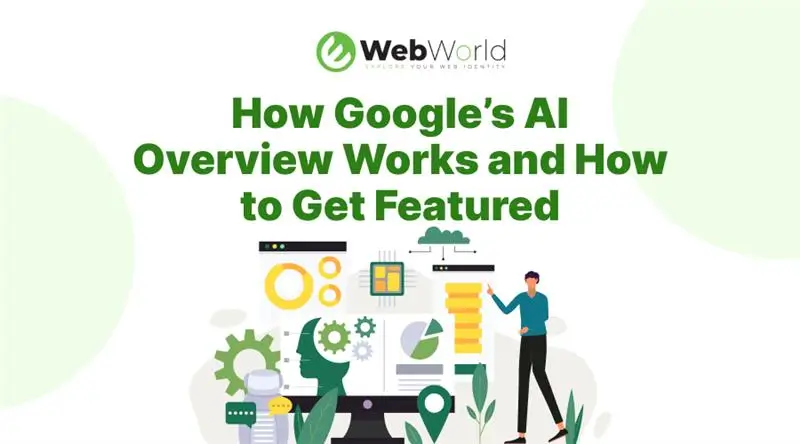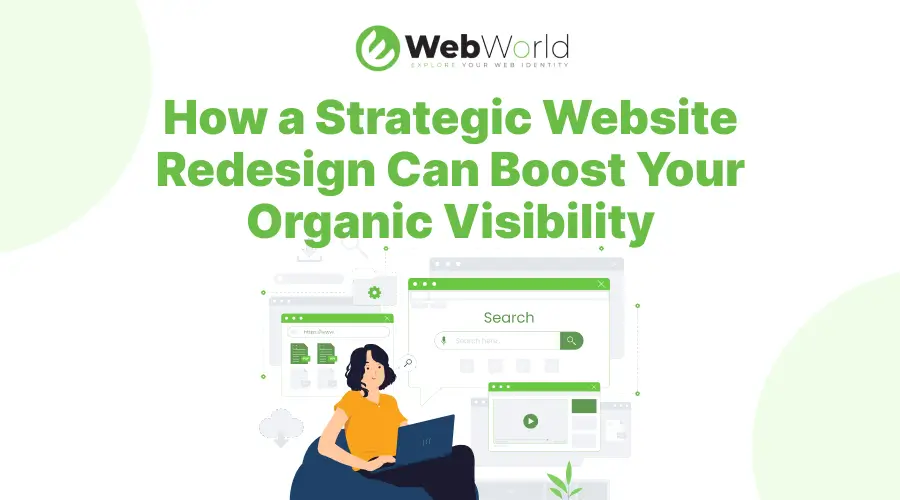Why Use Flutter: Pros and Cons of Flutter App Development
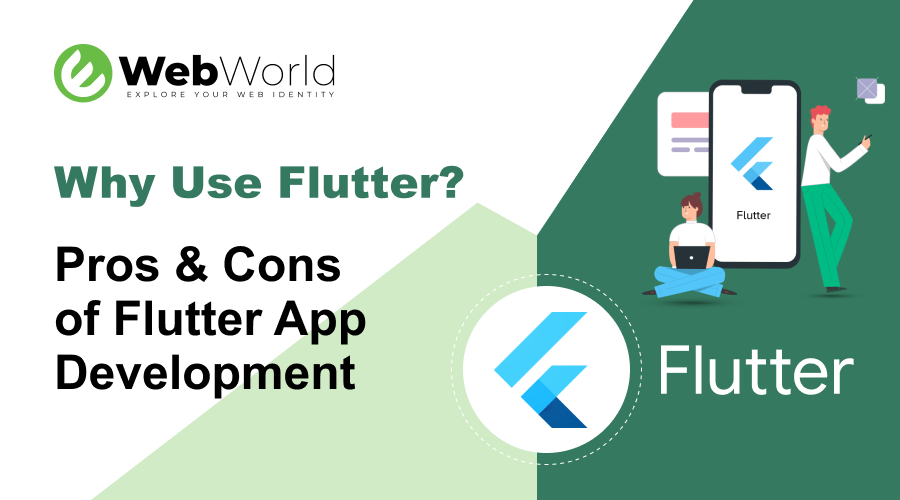
Introduction to Flutter
Flutter is an open-source UI software development kit created by Google. It allows developers to build natively compiled applications for mobile, web, and desktop from a single codebase. Flutter uses the Dart programming language, which is also developed by Google.
Pros of Flutter App Development
1. Single Codebase
- Flutter enables developers to write code once and run it on multiple platforms, including iOS, Android, web, and desktop.
- This significantly reduces development time and effort as developers do not need to maintain separate codebases for different platforms.
2. Fast Development
- Flutter’s hot reload feature allows developers to see changes made to the code almost instantly in the app, speeding up the development process.
- Developers can experiment with UI elements and quickly iterate on features, leading to faster development cycles.
3. Expressive UI
- Flutter offers a rich set of customizable widgets that enable developers to create beautiful and highly responsive user interfaces.
- The framework provides extensive support for animations, gestures, and effects, allowing developers to create visually appealing applications.
4. High Performance
- Flutter apps are compiled directly to native machine code, resulting in high performance and fast startup times.
- The framework’s reactive architecture minimizes UI jank and ensures smooth animations and transitions, even on less powerful devices.
5. Native Performance
- Flutter provides access to native platform APIs and services through platform channels, allowing developers to integrate platform-specific features seamlessly.
- This enables Flutter apps to achieve near-native performance and behavior, enhancing the user experience.
6. Strong Community Support
- Flutter has a vibrant and active community of developers who contribute plugins, packages, and documentation.
- Developers can leverage these resources to accelerate development, troubleshoot issues, and stay updated with the latest trends and best practices.
7. Cross-Platform Consistency
- With Flutter, developers can ensure consistency in UI and user experience across different platforms.
- This helps in building brand identity and maintaining a unified look and feel for the app, regardless of the platform it runs on.
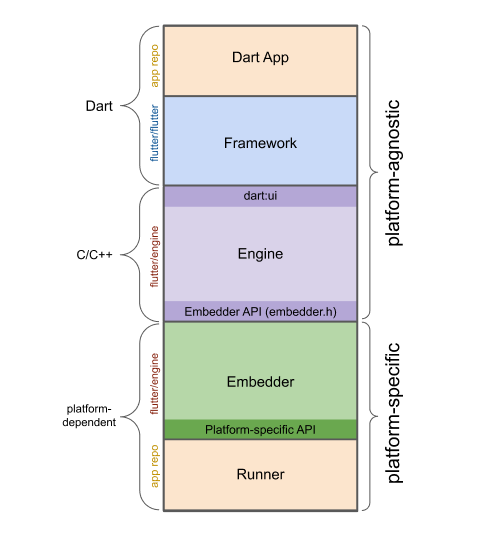
Cons of Flutter App Development
1. Larger App Size
- Flutter apps tend to have larger file sizes compared to native apps due to the inclusion of Flutter’s framework and engine.
- This can be a concern for users with limited storage space or bandwidth, especially in regions with slower internet connections.
2. Limited Platform APIs
- Although Flutter provides access to many platform-specific APIs, there are certain features and functionalities that may not be directly available.
- Developers may need to use platform channels or third-party plugins to access these APIs, which can introduce complexity and potential compatibility issues.
3. Immature Ecosystem
- While Flutter’s ecosystem is growing rapidly, it may not be as mature or comprehensive as other platforms like Android or iOS.
- Developers may encounter limitations or gaps in available libraries, tools, and documentation, which can affect productivity and decision-making.
4. Learning Curve
- Dart, the programming language used in Flutter, may have a steeper learning curve for developers who are unfamiliar with it.
- Developers coming from other programming backgrounds may require time to adapt to Dart’s syntax, semantics, and development patterns.
5. Limited Native Look and Feel
- While Flutter provides customizable widgets and design options, achieving a pixel-perfect native look and feel can be challenging.
- Design elements and UI behaviors may differ slightly from platform-specific guidelines, which can affect user perception and acceptance.
6. Dependency on Google
- Flutter is developed and maintained by Google, which raises concerns about dependency and long-term support.
- Changes in Google’s priorities or strategies could potentially impact the future direction and development of Flutter, leading to uncertainty for developers and businesses.
FlutterFlow – A Game Changer in 2024
In the ever-evolving landscape of app development, FlutterFlow emerges as a significant game changer in 2024. As businesses strive to deliver seamless user experiences across platforms, FlutterFlow stands out as a revolutionary tool empowering developers to create stunning applications with unprecedented speed and efficiency.
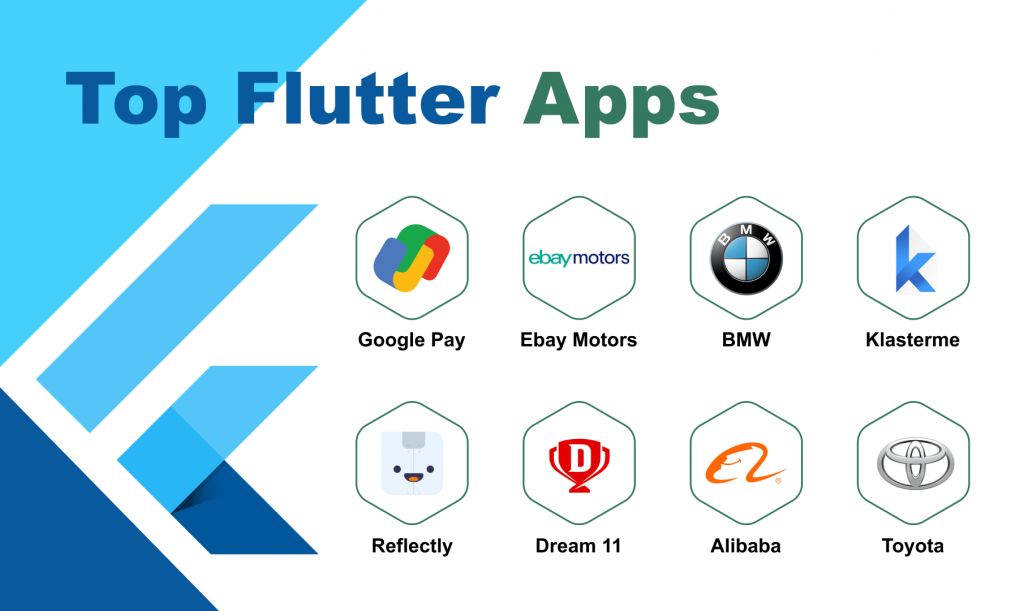
Evolution of App Development:
Before delving into FlutterFlow’s impact, it’s crucial to understand the evolution of app development. Traditional approaches often involved writing code from scratch for each platform, leading to increased development time, complexity, and maintenance costs. Cross-platform frameworks like React Native and Flutter emerged to address these challenges, offering a single codebase for multiple platforms.
Introduction to FlutterFlow:
FlutterFlow takes cross-platform development to the next level by introducing a visual development approach. Developed by the team behind Bridge, FlutterFlow enables developers to design and build Flutter apps using a drag-and-drop interface, eliminating the need for manual coding to a large extent.
Key Features of FlutterFlow:
- Visual Interface Builder: FlutterFlow provides a user-friendly interface builder that allows developers to design app layouts visually. With drag-and-drop functionality, developers can effortlessly arrange widgets, customize styles, and preview their designs in real-time.
- Code Generation: Behind the scenes, FlutterFlow generates clean, readable Dart code based on the visual designs created by developers. This code can be further customized and extended as needed, providing flexibility without sacrificing efficiency.
- Component Library: FlutterFlow offers a rich library of pre-built components and templates, ranging from basic UI elements to complex widgets. Developers can leverage these components to accelerate development and maintain consistency across their apps.
- Integration with Backend Services: FlutterFlow seamlessly integrates with popular backend services like Firebase, enabling developers to add authentication, database storage, and other functionalities to their apps with ease.
- Collaboration Tools: Collaboration is made simple with FlutterFlow’s built-in features for sharing designs, gathering feedback, and collaborating with team members in real-time. This fosters collaboration and streamlines the development process.
Advantages of FlutterFlow:
- Rapid Prototyping: With its intuitive interface and code generation capabilities, FlutterFlow enables rapid prototyping of app ideas. Developers can quickly iterate on designs, gather feedback, and refine their concepts without getting bogged down by technical complexities.
- Reduced Development Time: By abstracting away much of the manual coding traditionally associated with app development, FlutterFlow significantly reduces development time. Developers can focus on designing great user experiences rather than wrestling with code.
- Enhanced Productivity: The visual nature of FlutterFlow allows developers to work more efficiently, leading to increased productivity. Tasks that would typically require lines of code can now be accomplished with a few clicks, saving time and effort.
- Lower Learning Curve: FlutterFlow’s intuitive interface lowers the barrier to entry for new developers, making it accessible to a broader audience. Even those with limited coding experience can leverage FlutterFlow to bring their app ideas to life.
- Cross-Platform Compatibility: Like Flutter itself, FlutterFlow enables developers to build apps that run seamlessly on both iOS and Android devices. This ensures broad reach and maximum impact for app projects.
Real-World Applications:
FlutterFlow’s impact extends across various industries and use cases:
- Startup Ecosystem: Startups can leverage FlutterFlow to quickly develop MVPs (Minimum Viable Products) and validate their business ideas without investing significant resources upfront.
- Enterprise Solutions: Enterprises can streamline internal processes and enhance employee productivity by building custom apps using FlutterFlow. From HR management to inventory tracking, the possibilities are endless.
- E-commerce Platforms: E-commerce businesses can create immersive shopping experiences for their customers using FlutterFlow. From product catalogs to checkout processes, FlutterFlow empowers businesses to deliver seamless user experiences across platforms.
- Educational Apps: Educational institutions and e-learning platforms can use FlutterFlow to develop engaging educational apps for students. With its visual interface and code generation capabilities, FlutterFlow simplifies the development of interactive learning experiences.
eWebWorld stands out as the premier app design and development company, boasting a track record of crafting over 100 exemplary Flutter apps. Trust us to bring your project to life with our expertise. Hire us for your next endeavor. For a comprehensive guide on Flutter App Development, check out our blog here.









